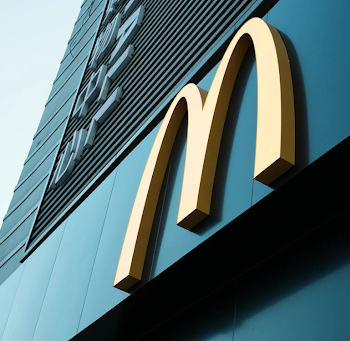
A food truck’s success hinges on efficiency, quality, and customer satisfaction. From crispy fries to golden-brown chicken, fried food is a staple in mobile kitchens.
Choosing between air frying and deep frying can impact everything from cooking time to cost and flavor. So, in this essential food truck equipment guide, we break down the differences between these two cooking methods, helping you determine the best fit for your business.
Understanding Deep Frying for Food Trucks
Deep frying has long been the gold standard for achieving crispy, flavorful food. This method involves submerging food in hot oil, cooking it quickly and evenly. The result is a crunchy, golden exterior and a juicy, tender interior. For food trucks specializing in fried foods, deep fryers are often considered indispensable.
Deep frying offers consistency and speed, making it ideal for high-volume service. Most commercial deep fryers can handle multiple orders at once, ensuring that food is served hot and fresh. However, this method requires a steady supply of cooking oil, which can add to operational costs. Additionally, deep fryers require proper ventilation and regular maintenance to prevent grease buildup and fire hazards.
Despite its advantages, deep frying comes with downsides. Oil disposal is a significant concern, as improper handling can lead to environmental and regulatory issues. What’s more, deep-fried foods tend to be higher in calories and fats, which may not appeal to health-conscious customers.
The Rise of Air Frying in Food Trucks
Air frying has gained popularity as a healthier alternative to traditional frying. The method uses rapid air circulation to cook food, requiring little to no oil while still achieving a crispy texture. For food trucks looking to offer lighter options, air frying presents an attractive solution.
One of the biggest advantages of air frying is reduced oil consumption. This lowers costs and eliminates the need for frequent oil changes. Air fryers also produce less grease and fumes, reducing the need for extensive ventilation systems. Additionally, since air-fried foods contain less fat, they cater to a growing demand for healthier menu items.
However, air frying has its limitations. It generally takes longer than deep frying, which can slow down service during peak hours. While air fryers can produce crispiness, the texture and taste may not match that of deep-fried foods. This could be a deal-breaker for customers who expect the classic crunch of deep-fried dishes.
Comparing Costs, Efficiency, and Taste
When choosing between air frying and deep frying, food truck owners must weigh cost, efficiency, and taste.
- Cost: As mentioned earlier, deep frying requires continuous oil purchases and regular equipment maintenance. Air frying, on the other hand, has lower long-term costs due to minimal oil usage and easier cleanup.
- Efficiency: Deep fryers can cook larger batches in less time, making them ideal for busy service hours. Air fryers, while convenient, may slow down order fulfillment.
- Taste & Texture: Deep-fried foods are known for their superior crispiness and rich flavor. While air fryers come close, they may not deliver the same depth of taste.
Which Method is Best for Your Food Truck?
The right choice depends on your menu, target audience, and operational priorities. If speed, efficiency, and traditional flavors are your priorities, deep frying remains the best option. It ensures fast service and delivers the crispy textures customers crave. However, if your food truck caters to health-conscious consumers or operates in areas with strict environmental regulations, air frying is worth considering.
Some food trucks opt for a hybrid approach, using deep frying for classic fried dishes and air frying for lighter menu items. This strategy allows you to appeal to a broader customer base while managing costs effectively.
Conclusion
Both air frying and deep frying have their place in the food truck industry. Deep frying delivers unbeatable texture and speed, making it ideal for high-volume service. Air frying, while slower, offers a healthier and more cost-efficient alternative.
Assessing your food truck’s needs and customer preferences will help you make the best decision. Whether you stick with deep frying, embrace air frying, or combine both methods, the key is to ensure consistent quality and satisfaction with every order.



